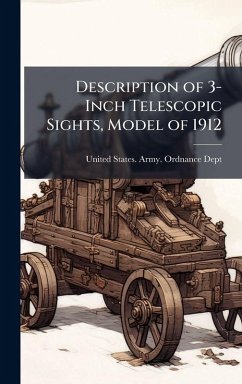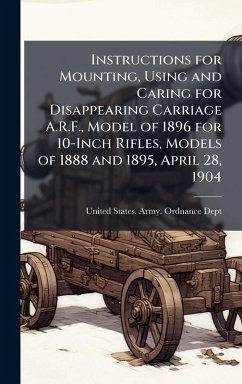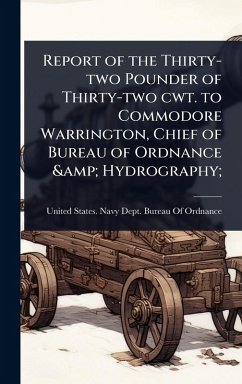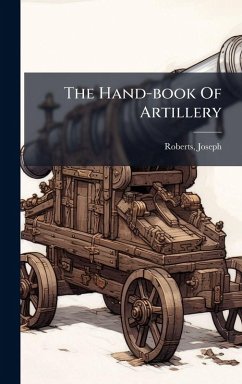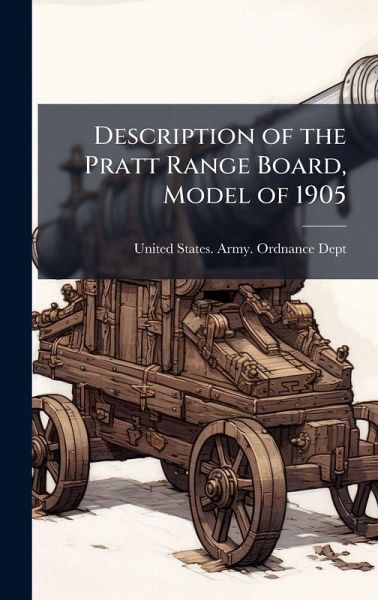
Description of the Pratt Range Board, Model of 1905
Versandkostenfrei!
Versandfertig in über 4 Wochen
25,99 €
inkl. MwSt.

PAYBACK Punkte
13 °P sammeln!
"Description of the Pratt Range Board, Model of 1905" offers a detailed look at a crucial piece of early 20th-century military technology. This manual, originally published by the United States Army Ordnance Department, provides comprehensive information on the mechanical features of the Pratt Range Board and the rules governing its care and preservation. Essential reading for historians, military technology enthusiasts, and anyone interested in the evolution of artillery equipment, this document provides a unique glimpse into the methods and equipment used by the U.S. Army at the turn of the ...
"Description of the Pratt Range Board, Model of 1905" offers a detailed look at a crucial piece of early 20th-century military technology. This manual, originally published by the United States Army Ordnance Department, provides comprehensive information on the mechanical features of the Pratt Range Board and the rules governing its care and preservation. Essential reading for historians, military technology enthusiasts, and anyone interested in the evolution of artillery equipment, this document provides a unique glimpse into the methods and equipment used by the U.S. Army at the turn of the century. Discover the intricate workings of a device that played a vital role in military operations, and gain a deeper appreciation for the engineering and logistical challenges of the era. This edition preserves the original text and illustrations, ensuring that the historical record remains intact. This work has been selected by scholars as being culturally important, and is part of the knowledge base of civilization as we know it. This work was reproduced from the original artifact, and remains as true to the original work as possible. Therefore, you will see the original copyright references, library stamps (as most of these works have been housed in our most important libraries around the world), and other notations in the work. This work is in the public domain in the United States of America, and possibly other nations. Within the United States, you may freely copy and distribute this work, as no entity (individual or corporate) has a copyright on the body of the work. As a reproduction of a historical artifact, this work may contain missing or blurred pages, poor pictures, errant marks, etc. Scholars believe, and we concur, that this work is important enough to be preserved, reproduced, and made generally available to the public. We appreciate your support of the preservation process, and thank you for being an important part of keeping this knowledge alive and relevant.



